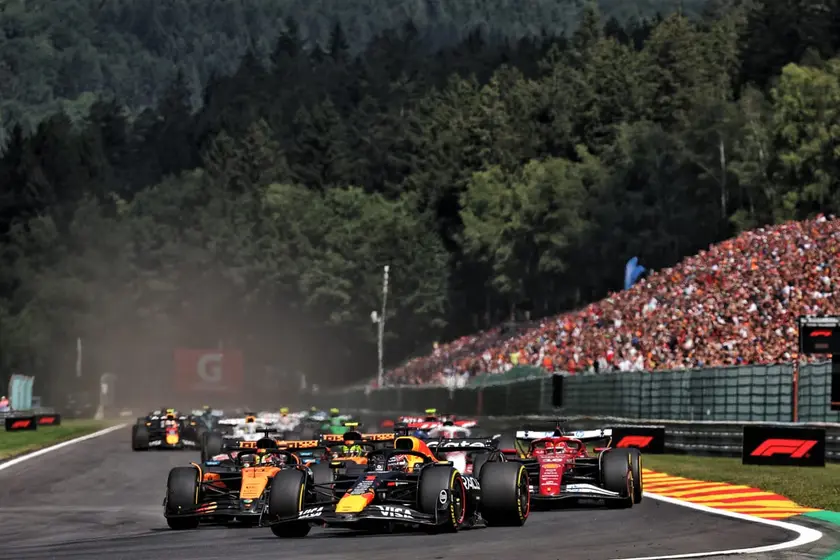T4K3.news
McLaren leads F1 2025 development drive
A look at how teams chase upgrades under new tests and venue-specific constraints.
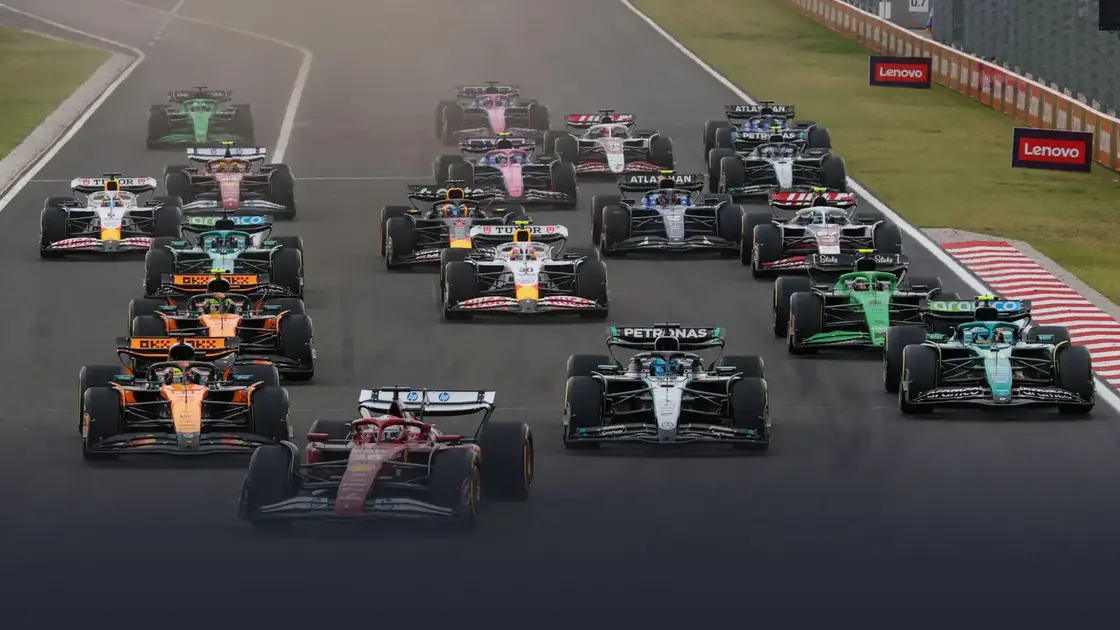
A clear look at how teams push upgrades in a season shaped by stricter testing and venue by venue changes.
McLaren leads F1 2025 development drive
The 2025 season has turned into a race of upgrades. After the Spanish Grand Prix introduced tighter load and deflection tests, teams reshaped floors and underbodies to protect performance. McLaren began its major updates at Imola, focusing on brake ducting, and then delivered the big package at the British Grand Prix. The pattern of testing new components at a venue before racing them continued throughout the season.
Ferrari rolled out a new floor at Bahrain and kept refining with beam and rear wing work across venues. Mercedes started with selective updates in the early phase, then followed with front wing, suspension and engine cover tweaks after the new tests to keep pace with the stricter rules. Red Bull pushed a wide range of parts early on to widen its operating window, while Aston Martin, Haas, Williams, Racing Bulls and Alpine each pursued their own paths, balancing CFD time and wind-tunnel access with plans for 2026.
Key Takeaways
"The team will introduce a new component, test and evaluate it at that venue but not race it until it has confirmation it’s performing as anticipated"
McLaren's phased upgrade approach
"Mercedes starved the W16 of development in the early phase of 2025"
Early pacing of Mercedes' development
"Red Bull were relatively productive right out of the gate"
Early upgrade pace
"Ferrari introduced a new floor at Bahrain with ongoing refinements at each venue"
Ferrari’s floor-focused strategy
What stands out is the pacing of upgrades. Teams test first, race later, and the calendar becomes a rolling lab where small changes can matter more on a fast track than in the wind tunnel alone. The new floor and wing work shows aero performance under load is still the hardest unlock, and resource limits shape who dares what and when. Alpine’s slower, more cautious approach signals a shift toward 2026 planning, not just this season’s results. This dynamic could widen gaps if a few teams turn theory into reliable real-world gains.
Highlights
- Testing before racing is the new normal in F1 power games
- Upgrades arrive with a plan, not a promise
- Small changes can tilt the balance on a tight grid
- The wind tunnel may lie but the track tells the truth
The season will likely hinge on who can turn fast ideas into steady performance.
Enjoyed this? Let your friends know!
Related News
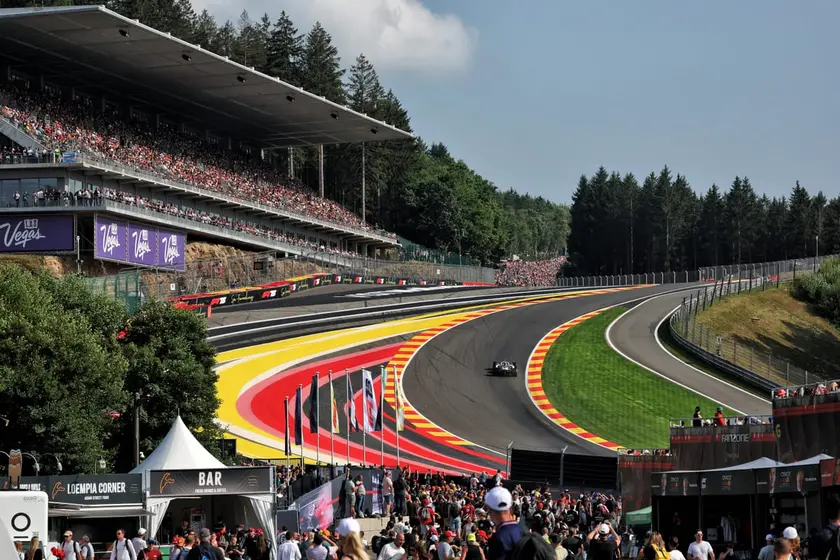
Impactful moments from the Belgian Grand Prix weekend
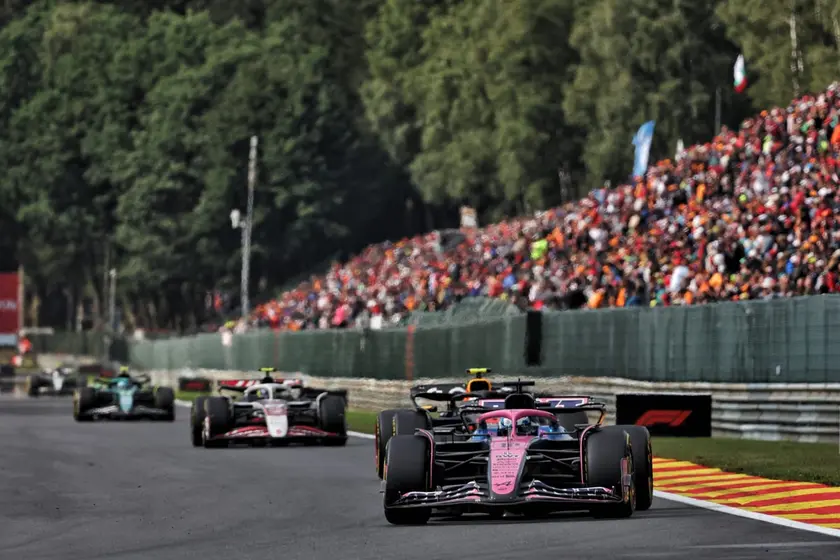
Edd Straw reveals 2025 Belgian Grand Prix driver rankings
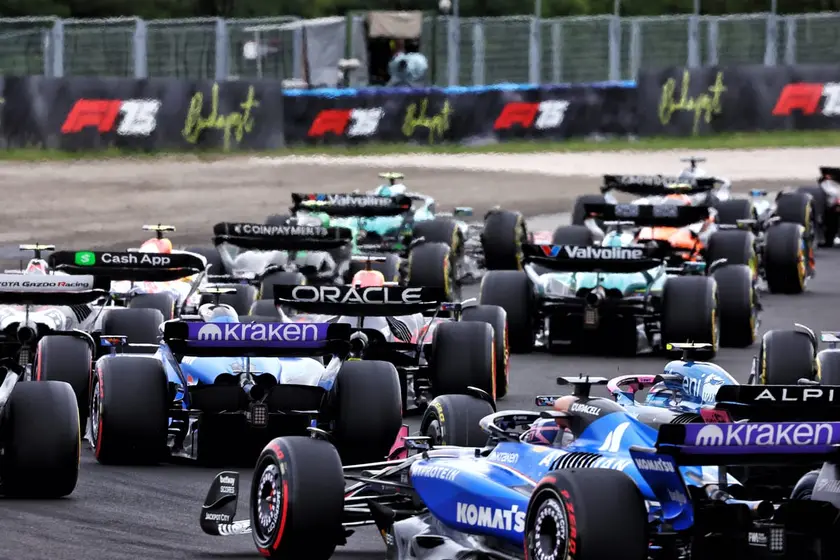
Edd Straw reveals Hungarian Grand Prix driver rankings
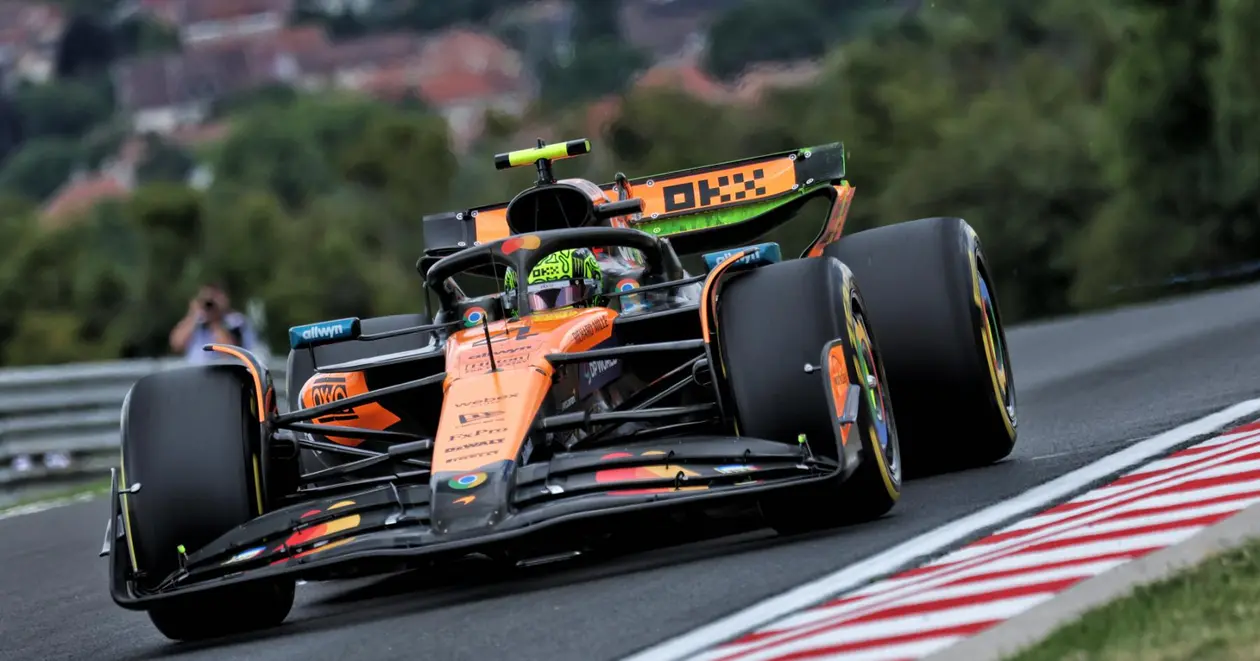
Norris Leads Free Practice 1 at Hungarian Grand Prix
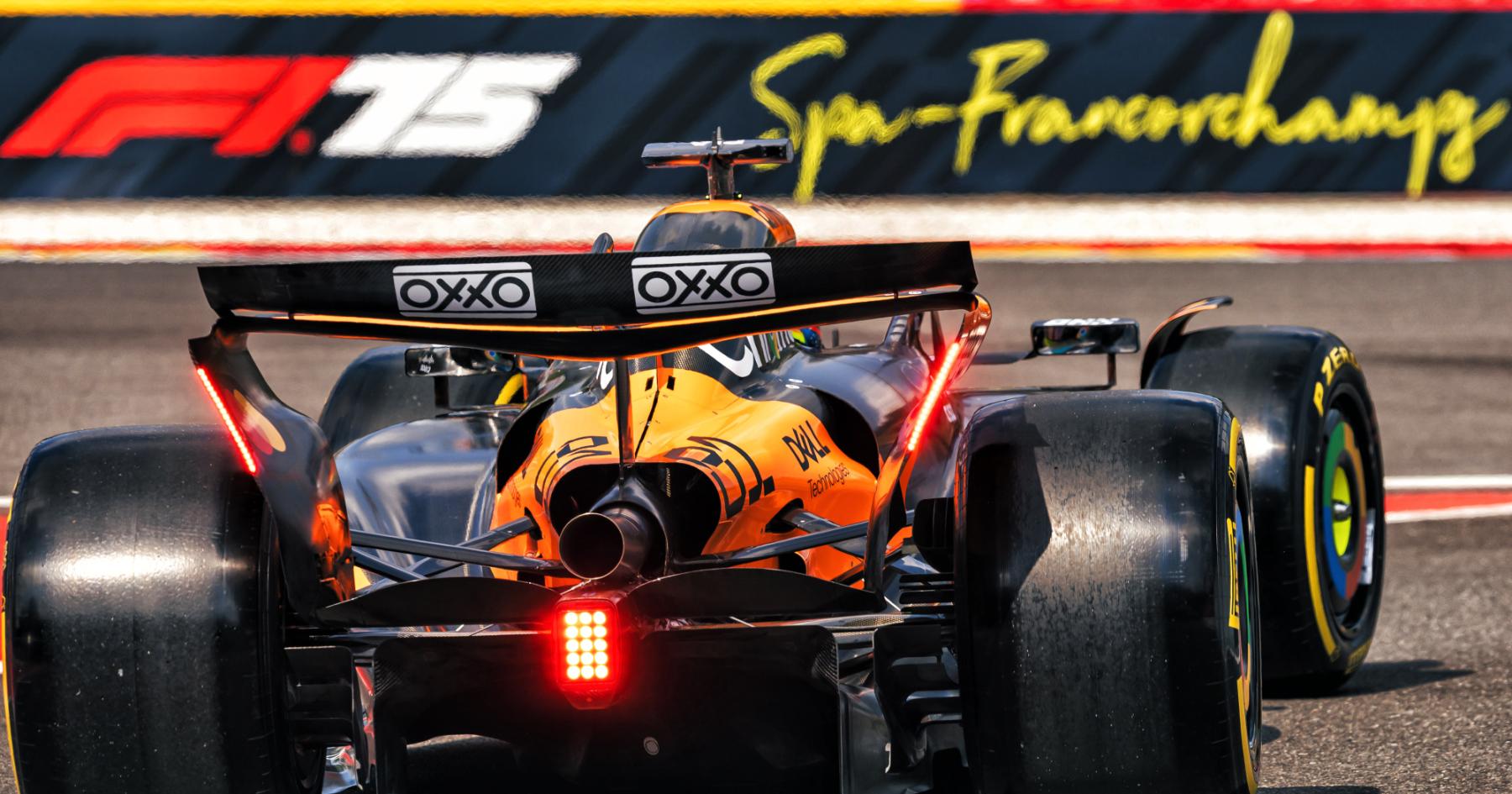
Oscar Piastri sets new Spa lap record ahead of sprint
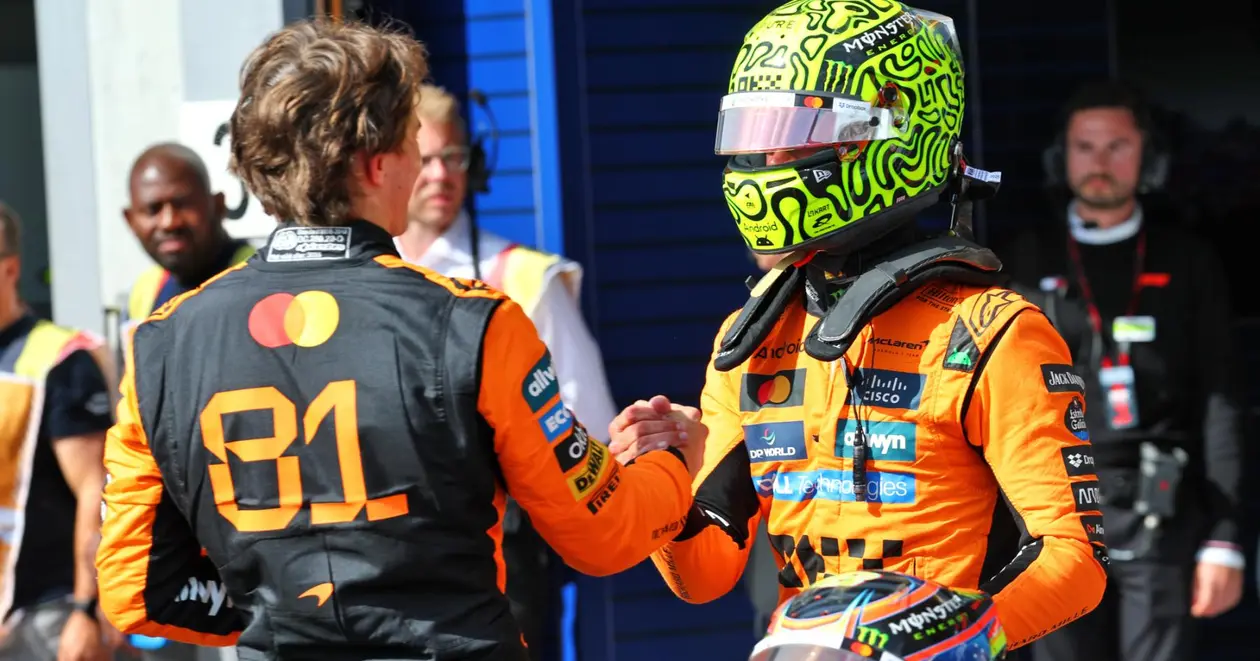
Oscar Piastri leads F1 standings after Belgian GP
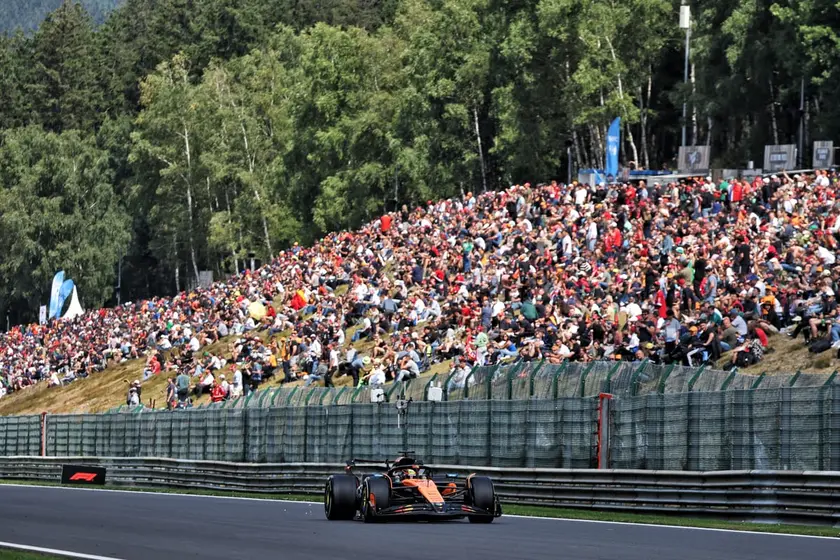
Piastri leads F1 practice in Belgian Grand Prix
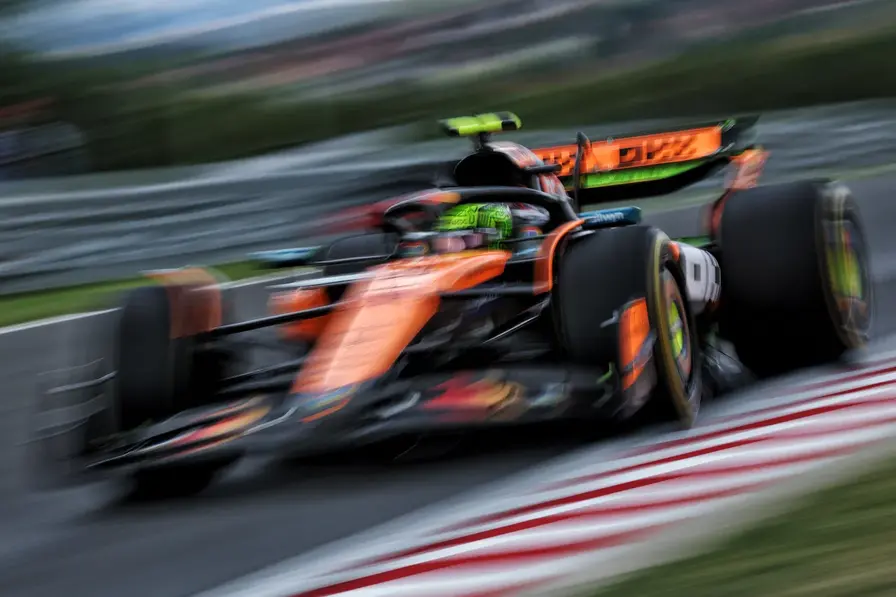
Lando Norris tops first practice at Hungarian Grand Prix
